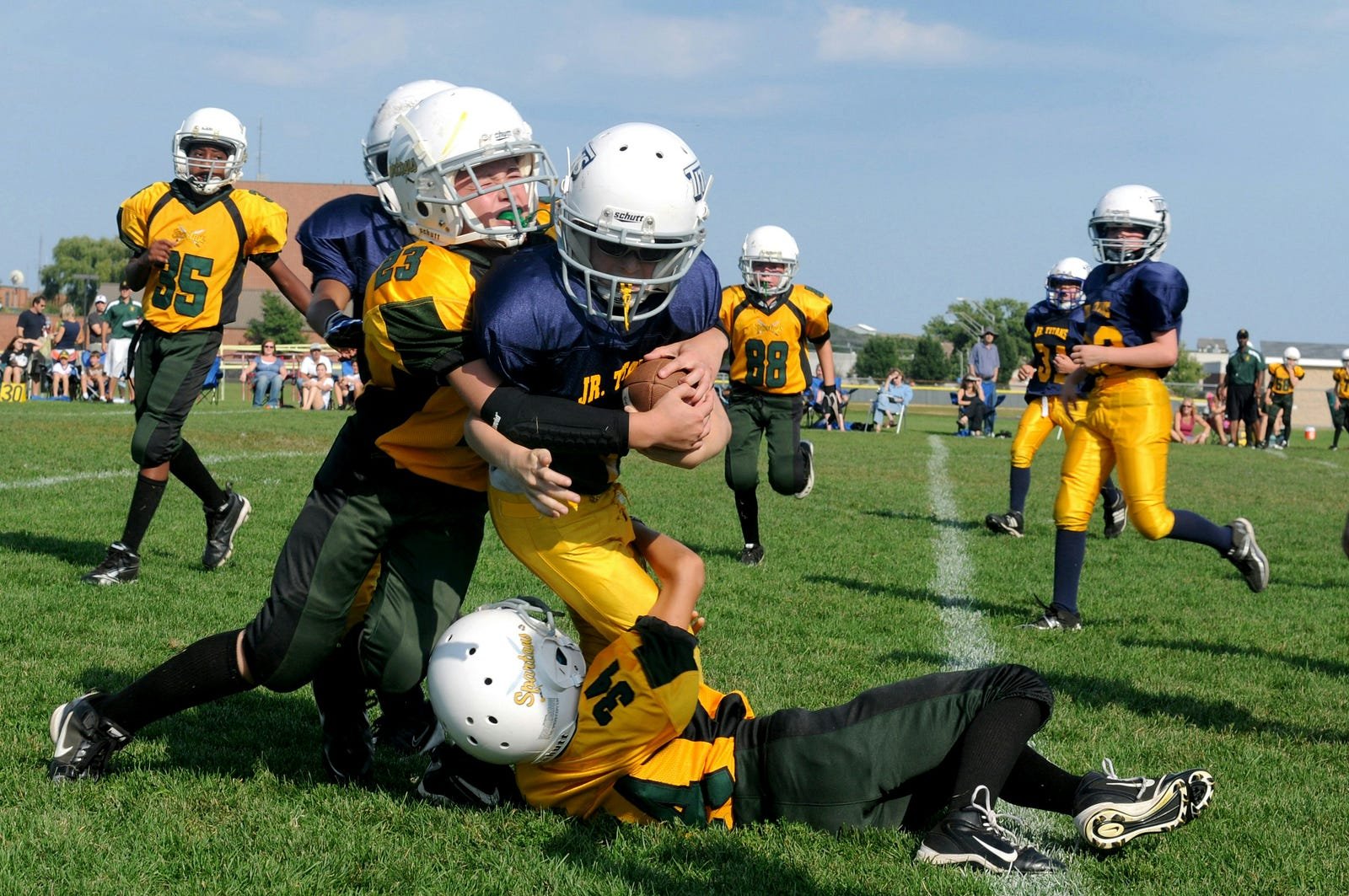Sports and physical activities are vital for maintaining a healthy lifestyle, but they also come with risks. Whether you’re a weekend warrior or a professional athlete, injuries can derail your fitness journey and impact your overall well-being. Preventing sports injuries is crucial to ensure consistent performance and long-term health. The good news is that most common injuries are avoidable with the right precautions.
This comprehensive guide dives deep into the best strategies to prevent common sports injuries, including practical tips, effective techniques, and the science behind them. Let’s ensure that you stay in the game safely and enjoy your athletic pursuits to the fullest.
Why Sports Injuries Happen
Before we jump into prevention strategies, it’s essential to understand the root causes of sports injuries. The most common reasons include:
- Overuse: Repeating the same movement excessively without adequate rest.
- Improper Technique: Incorrect form during activities like lifting or running.
- Lack of Warm-Up: Starting intense exercise without preparing the body.
- Inadequate Equipment: Using poorly fitting or low-quality gear.
- Fatigue: Pushing beyond your physical limits.
- Environmental Factors: Uneven surfaces, extreme weather, or poor lighting.

The Most Common Sports Injuries
Here are the injuries that athletes encounter most frequently:
- Sprains and Strains: Ligament and muscle injuries due to overstretching.
- Knee Injuries: ACL tears, patellar tendinitis, and runner’s knee.
- Shin Splints: Pain in the lower leg caused by overuse.
- Fractures: Bone breaks often caused by high-impact activities.
- Tennis Elbow: Overuse injury affecting the elbow.
- Shoulder Injuries: Dislocations or rotator cuff injuries.
- Ankle Sprains: Twisting or rolling the ankle beyond its normal range.
Understanding these injuries helps in taking targeted preventive measures.
Top 10 Strategies to Prevent Sports Injuries
1. Warm Up and Cool Down Properly
Warming up prepares your body for physical exertion, increasing blood flow to muscles and enhancing flexibility. Cooling down after exercise helps your body recover.
Warm-Up Suggestions:
- 5–10 minutes of light cardio (e.g., jogging or cycling).
- Dynamic stretches such as arm circles and leg swings.
Cool-Down Tips:
- Gentle stretches focusing on major muscle groups.
- Deep breathing exercises to regulate your heart rate.
2. Invest in Quality Equipment
Using the right gear significantly reduces the risk of injuries.
- Footwear: Choose sport-specific shoes that offer proper support and cushioning.
- Protective Gear: Helmets, pads, or mouthguards for high-risk sports.
- Clothing: Wear breathable, sweat-wicking fabrics to avoid discomfort.
3. Master Proper Techniques
Improper form is a leading cause of injuries. Take the time to learn and practice correct techniques for your sport or exercise routine.
Example: In weightlifting, avoid using your back to lift heavy loads — engage your legs and core instead.
Tip: Consider hiring a coach or attending workshops to refine your skills.
4. Avoid Overtraining
Overtraining can lead to fatigue, decreased performance, and injuries.
- Follow the 10% Rule: Increase your activity level by no more than 10% per week.
- Schedule Rest Days: Allow your body to recover between intense sessions.
5. Incorporate Strength Training
Strong muscles stabilize joints and absorb shock, reducing the likelihood of injuries.
Focus Areas:
- Core strength to support your spine.
- Lower-body strength for activities like running and jumping.
Pro Tip: Use resistance bands, dumbbells, or bodyweight exercises to build muscle.
6. Stay Hydrated
Dehydration can lead to muscle cramps, fatigue, and poor performance.
Hydration Tips:
- Drink water consistently throughout the day.
- Use electrolyte-rich drinks during prolonged workouts or in hot weather.
7. Prioritize Flexibility
Tight muscles are more prone to injury. Regular stretching improves flexibility and range of motion.
Key Stretches:
- Hamstring and calf stretches for runners.
- Shoulder and chest stretches for upper-body sports.
Tip: Incorporate yoga or Pilates into your routine for enhanced flexibility.
8. Listen to Your Body
Pain is a signal that something is wrong. Ignoring it can lead to severe injuries.
- Stop Immediately: If you feel sharp pain or discomfort, cease activity and assess.
- Seek Medical Attention: Persistent pain or swelling should be evaluated by a professional.
9. Create a Balanced Training Program
A well-rounded fitness routine minimizes the risk of overuse injuries.
- Include:
- Cardio for endurance.
- Strength training for stability.
- Flexibility exercises for mobility.
10. Ensure Adequate Rest and Recovery
Rest is as important as training. Your body needs time to repair and strengthen itself.
- Sleep: Aim for 7–9 hours per night to promote recovery.
- Recovery Tools: Foam rollers, massage therapy, and ice baths can speed up healing.
Sports Injury Prevention by Activity
Different sports have unique injury risks. Here’s how to stay safe in specific activities:
Running
- Use well-cushioned running shoes.
- Gradually increase mileage to avoid shin splints.
Cycling
- Adjust your bike seat and handlebars to the correct height.
- Always wear a helmet.
Team Sports (Soccer, Basketball)
- Focus on agility drills to prevent ankle sprains.
- Wear supportive shoes designed for your sport.
Swimming
- Practice proper strokes to avoid shoulder injuries.
- Incorporate dryland exercises to strengthen supporting muscles.
Common Myths About Sports Injury Prevention
Myth 1: Stretching Alone Prevents Injuries
While stretching is beneficial, it’s not enough. A comprehensive warm-up, strength training, and proper technique are equally important.
Myth 2: Pain is Just Part of Training
Pushing through pain can worsen injuries. Learn to distinguish between soreness and serious discomfort.
Myth 3: Rest Days Are a Waste of Time
Rest is when your body repairs itself. Skipping rest days increases the risk of overtraining.
What to Do If You Get Injured
Despite your best efforts, injuries can still occur. Here’s how to handle them:
- Stop Activity Immediately: Continuing can worsen the injury.
- Follow the R.I.C.E. Method: Rest, Ice, Compression, and Elevation.
- Consult a Professional: Seek medical advice for severe or persistent issues.
Preventing sports injuries is about preparation, awareness, and a commitment to self-care. By integrating these strategies into your training and daily life, you can minimize risks, enhance performance, and enjoy the physical and mental benefits of sports without interruption.
Remember, prevention is always better than cure. Invest in your health today, and you’ll reap the rewards for years to come. Stay active, stay safe, and keep pushing your limits — because your body deserves it.
Are you ready to step up your game injury-free? Start implementing these tips today and take control of your athletic journey! 🌟










